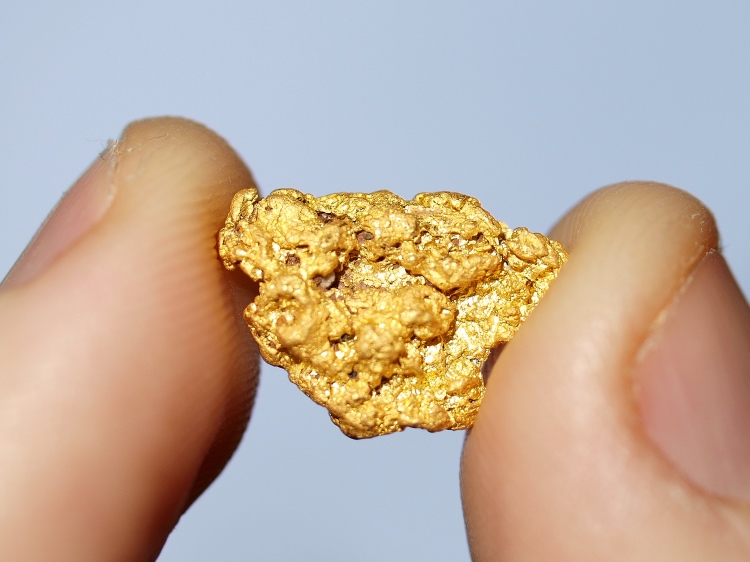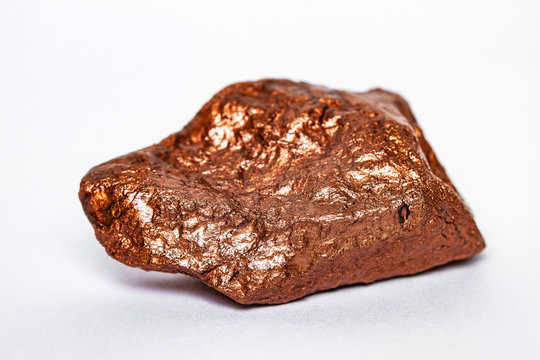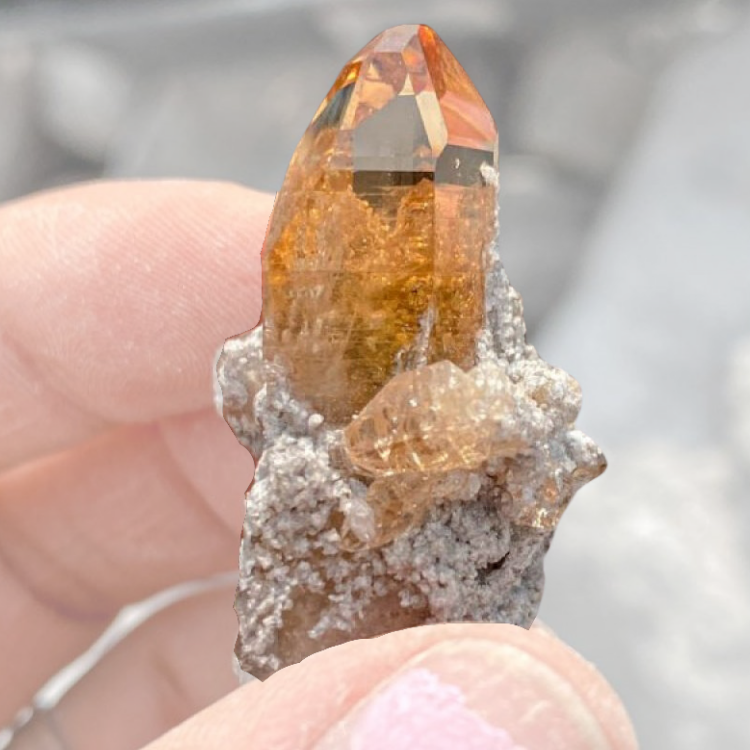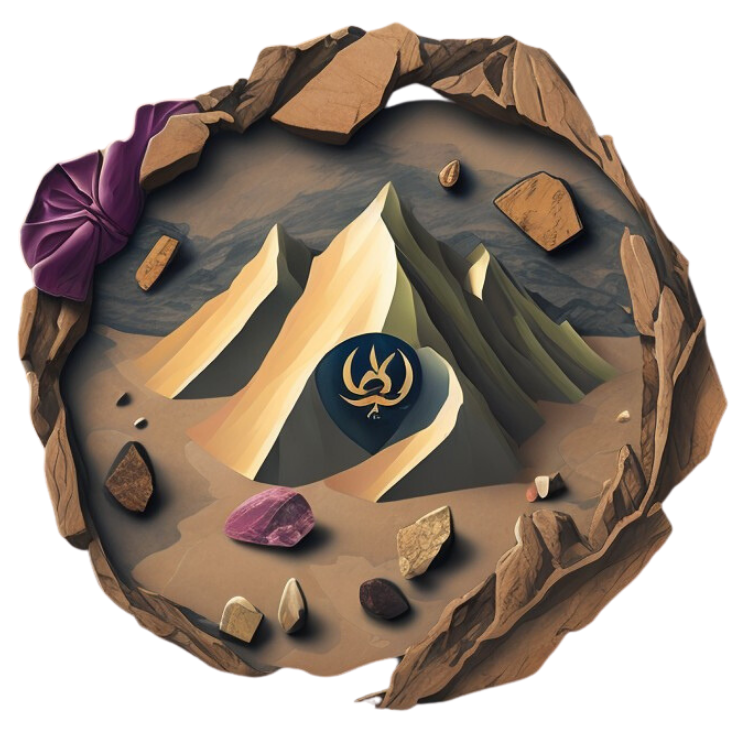New here?

You're in the right place. Read through this page to learn more about how to prospect for precious metals, gear required, and other important information. Click the link to see our recommended gear.
Recommended GearGold, Silver, & Copper



While copper is techincally a semi-preciouis metal, we include it here because so many people enjoy hunting for copper ore and copper viens. Gold and silver on the other hand are precious metals, and are quite the thrill to hunt for and find. There are many methods for searching out each of these metals, continue reading below to learn more.
Read MoreSponsored Dig Site

Visiting Utah soon? Come do a Topaz Mountain dynamite blast! We will blow off a part of the mountain just for you so you can have a hand at finding some of the most spectacular topaz crystals in the world!
Dig With UsTools of the Trade

Before you head out to hunt for precious metals, it's important to have the right tools. This includes a metal detector, a shovel or pick, a classifier, and more. The type of gear you need may vary depending on the area you're searching and the type of metal you're after. Click the link to see our recommended tools for prospecting.
Methods of Prospecting
There are many different methods for prospecting for precious metals, including panning, sluicing, dredging, and more. Each method has its own advantages and challenges, so it's important to choose the one that best suits your needs and experience level.
Panning

Panning is one of the oldest and simplest methods of prospecting for gold. It involves using a pan to separate gold from gravel or sand by swirling the mixture around in water. The heavier gold particles will sink to the bottom of the pan, while lighter material will wash away. Panning can be done in almost any body of water, from rivers to streams to lakes.
Sluicing

Sluicing is a method of prospecting that uses a long, narrow trough called a sluice box to channel water and separate gold from other materials. As water runs through the sluice box, riffles catch the heavier gold particles and allow lighter material to wash away. Sluicing is typically done in areas with flowing water and can be a very efficient way to recover gold.
Dredging

Dredging is a method of prospecting that involves using a suction hose to extract gold from river bottoms or stream beds. A dredge is essentially a vacuum cleaner that sucks up material from the river or stream bed and separates the gold using a sluice box or other method. Dredging can be an effective way to recover large quantities of gold, but it can also be expensive and environmentally damaging if not done responsibly.
Metal Detecting

Metal detecting is a method of prospecting that uses a handheld device to detect metal buried underground. This method can be effective for finding gold nuggets or other metal deposits that are hidden beneath the surface. Metal detecting can be done in a variety of locations, including deserts, mountains, and even urban areas. However, it can also be time-consuming and require a lot of patience.
Modern Metal Hunting

Finding precious metals in their natural state can be extremely rewarding and fun. However, that is not the only way to find precious metals. Due to the explosion of technology over the last few decades, and the rampant consumer culture, people throw away precious metals literally every day. You can find (and extract) precious metals from electronics, wires, and all sorts of other places if you know how to look.
Finding Gemstones

While precious metals are the main attraction for many prospectors, there are also plenty of beautiful gemstones waiting to be found. Some popular gems include amethyst, garnet, and sapphire. Click the link to learn more about where to find these gemstones and how to identify them.
